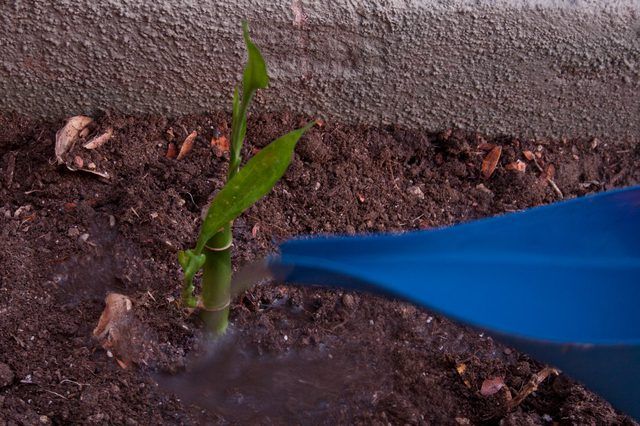Bulbs
Flower Basics
Flower Beds & Specialty Gardens
Flower Garden
Garden Furniture
Garden Gnomes
Garden Seeds
Garden Sheds
Garden Statues
Garden Tools & Supplies
Gardening Basics
Green & Organic
Groundcovers & Vines
Growing Annuals
Growing Basil
Growing Beans
Growing Berries
Growing Blueberries
Growing Cactus
Growing Corn
Growing Cotton
Growing Edibles
Growing Flowers
Growing Garlic
Growing Grapes
Growing Grass
Growing Herbs
Growing Jasmine
Growing Mint
Growing Mushrooms
Orchids
Growing Peanuts
Growing Perennials
Growing Plants
Growing Rosemary
Growing Roses
Growing Strawberries
Growing Sunflowers
Growing Thyme
Growing Tomatoes
Growing Tulips
Growing Vegetables
Herb Basics
Herb Garden
Indoor Growing
Landscaping Basics
Landscaping Patios
Landscaping Plants
Landscaping Shrubs
Landscaping Trees
Landscaping Walks & Pathways
Lawn Basics
Lawn Maintenance
Lawn Mowers
Lawn Ornaments
Lawn Planting
Lawn Tools
Outdoor Growing
Overall Landscape Planning
Pests, Weeds & Problems
Plant Basics
Rock Garden
Rose Garden
Shrubs
Soil
Specialty Gardens
Trees
Vegetable Garden
Yard Maintenance
How to Transplant Bamboo Cuttings
How to Transplant Bamboo Cuttings. Bamboo is a species of large, treelike grass with hollow stems and small blade-like leaves. This hardy plant is highly adaptive and can grow in a wide variety of climates from tropical to temperate; some types of bamboo even can survive in below zero temperatures. The bamboo is a popular plant grown throughout the...
Bamboo is a species of large, treelike grass with hollow stems and small blade-like leaves. This hardy plant is highly adaptive and can grow in a wide variety of climates from tropical to temperate; some types of bamboo even can survive in below zero temperatures. The bamboo is a popular plant grown throughout the world, and is used as food, construction material for fences and gates, making furniture and for decorative items.
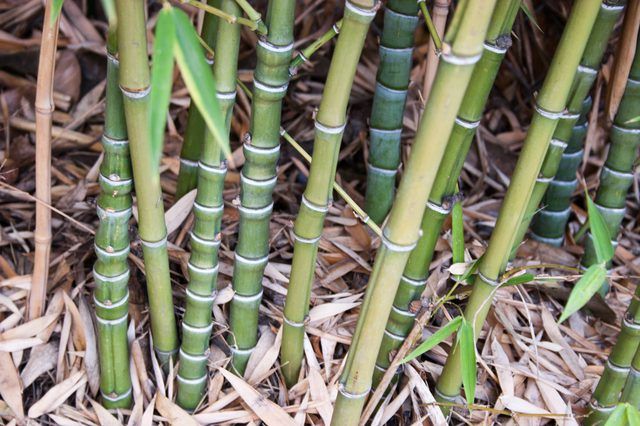
Things You'll Need
Shovel or spade
Knife or pruning shears
Water
Clay
Bamboo
Step 1
Dig holes with a shovel or sharp spade for the bamboo cuttings. The holes should be deep enough that half the internode, the hollow section of the bamboo that is between the nodes or joints, is above the ground.
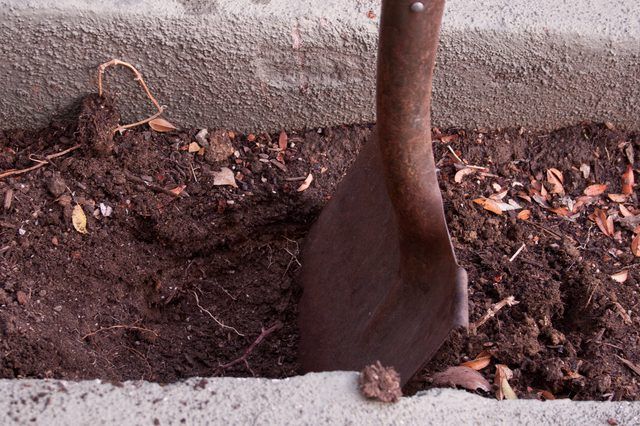
Step 2
Select bamboo cuttings. Choose bamboo that is not more than 3 years old and has tall stems, preferably over 30 feet in height, so you can take several cuttings.

Step 3
Use a knife or pruning shears to cut the bamboo. Take cuttings from the middle section of the stem. The cuttings should include 2 full internodes and ? an internode.
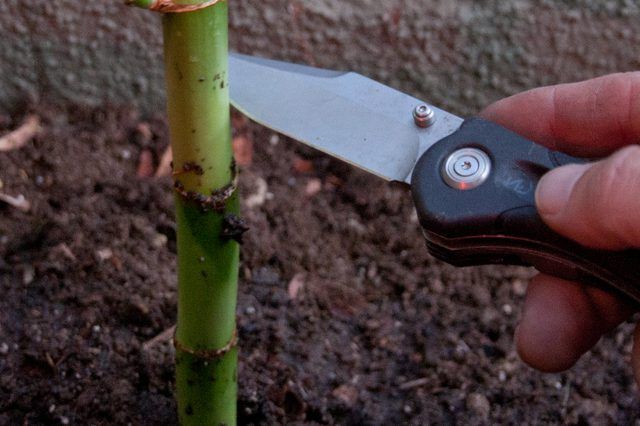
Step 4
Plant cuttings in the holes. The cutting should have ? of the internode above the ground. Place the clay around the cut edges of the top part of the bamboo to seal and keep it disinfected.
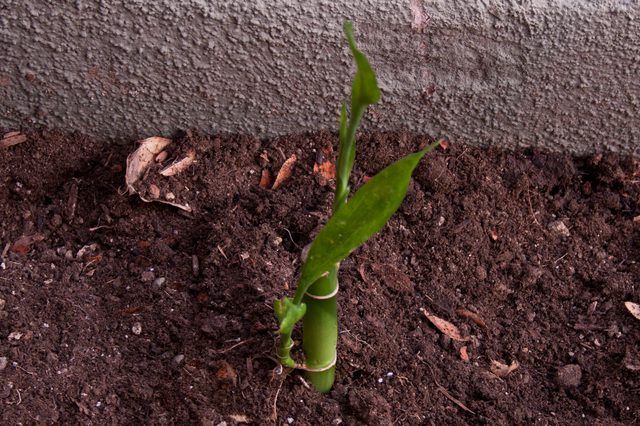
Step 5
Pour 2 cups of water on top of the bamboo cutting. Keep it watered regularly until the cutting develops roots and shoots at the nodes.
